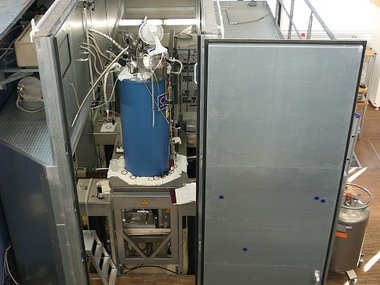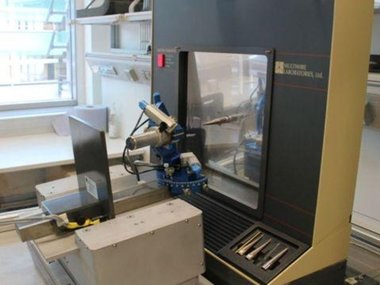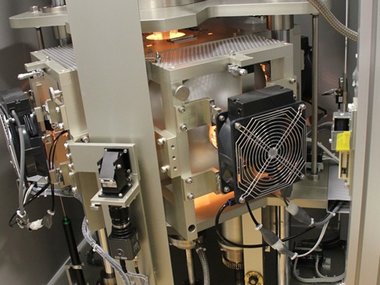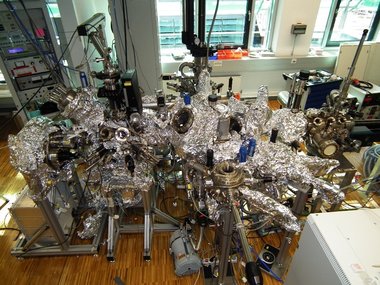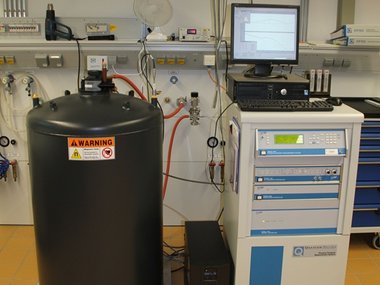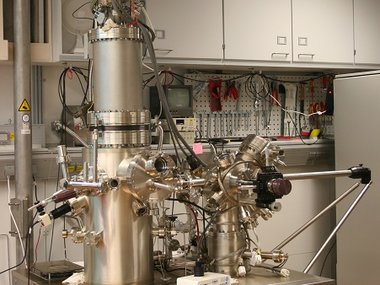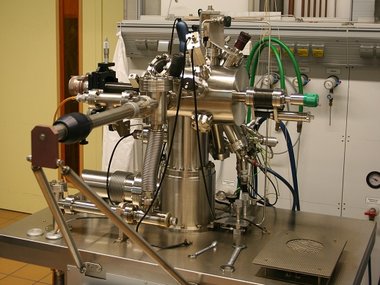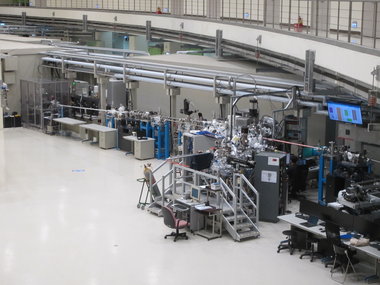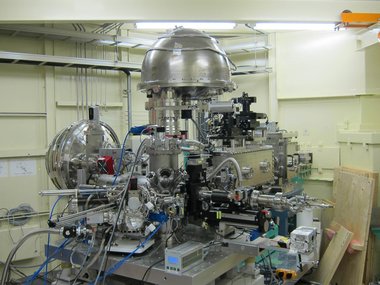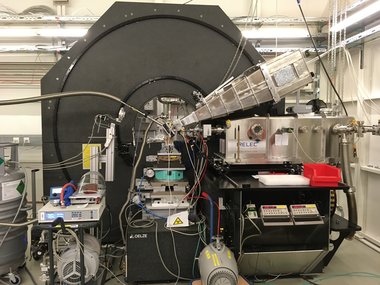Physics of Correlated Matter
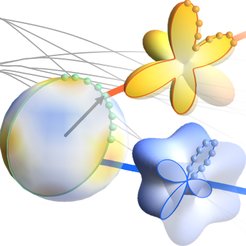
Departmental organisation
News
Two bistable and reversibly controllable antiferromagnetic states in strained BiFeO3 (BFO) films are discovered. These two non-volatile antiferromagnetic states are successfully patterned with a non-contact approach combining both optical and ...
The Kondo effect, a hallmark of the physics of correlated electrons, is extremely rarely observed in transition metal oxides. Over half a century after its discovery, the study of the Kondo physics and related phenomena is largely limited to ...
A team lead by scientists from the MPI CPfS developed a novel experimental method that provides direct images of excited states in a transition metal compound without the need for complex calculations. This constitutes a major step for the ...
The intricate interplay of band-formation and electron correlation effects in uranium heavy fermion compounds is subject of an ongoing debate. Here scientists from MPI CPfS in Dresden, University of Cologne, University of Erlangen, Heidelberg ...

